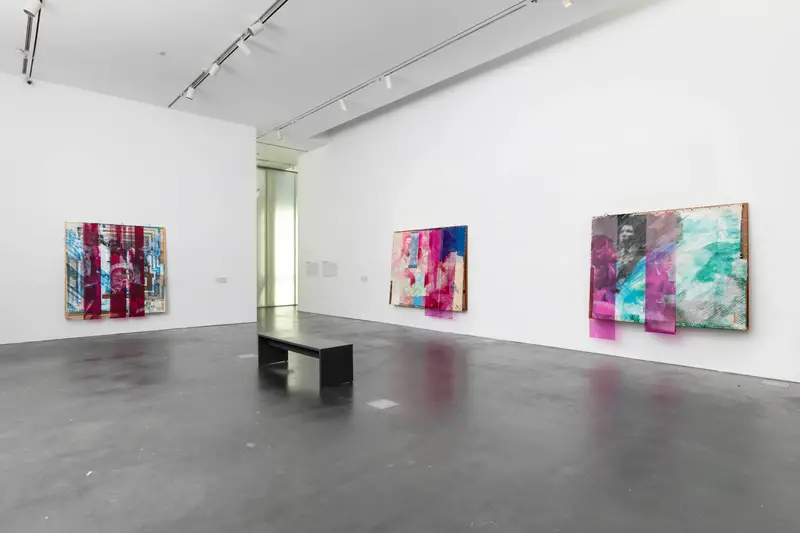Tomashi Jackson:
Installation View, Tomashi Jackson: Across The Universe, Museum of Contemporary Art Denver, June 14, 2023–September 10, 2023. Photo by Wes Magyar.
Tomashi Jackson:
Miranda Lash, MCA Denver’s Senior Curator
The mid-career survey Tomashi Jackson: Across the Universe will present nearly a decade of work across disciplines and will provide an overview of the threads in Jackson’s practice and her varied use of materials.
Tomashi Jackson creates vibrant research driven works in the mediums of paintings, printmaking, video, photography, fiber, and sculpture. Influenced by California muralist traditions reflecting peoples’ movements of the 1950’s‑1990’s, her often immersive work scrutinizes the mechanics of societal power and recognizes the triumphs for the empowerment of communities of color.
Jackson builds textured surfaces from textiles, paper, site specific earthen materials and ephemera, transformed archival images, washes and opaque applications of colors to visualize her observations of human experiences touched by legislated governance. Her practice employs geometric abstraction, expressionism, and halftone lines that crosshatch and affect the viewer’s perception, illuminating the intersecting nature of historic resistance to oppression with present day resonances. Many recent paintings are supported by awning style structures extending from the walls, bringing a protective architecture element inside and projecting colored lines from vinyl strips onto the wall itself.
“Tomashi Jackson’s artworks thoughtfully explore public narratives of educational access, transportation, housing, voting rights, law enforcement, livelihood migration, labor, and land rights. Her engaging and nuanced approach to US history situates her as one of the most relevant artists practicing today,” said Miranda Lash, Ellen Bruss Senior Curator at MCA Denver. “This exhibition will feature works from the last eight years of Jackson’s career as well three new paintings and a video piece commissioned by MCA Denver, made using materials from Colorado’s rich landscape, including marble dust from the Western Slope and imagery from the Great Sand Dunes.”
Tomashi Jackson: Across the Universe is curated by Miranda Lash and will be accompanied by a catalog, the first to offer insight into the overarching themes of Jackson’s career as well as developments in her creative process.
Traveling Venues
Tomashi Jackson: Across the Universe traveled to the Institute of Contemporary Art, Philadelphia, February 9, 2024-June 2, 2024; the Tufts University Art Galleries, July 30, 2024 – December 8, 2024; and the Museum of Contemporary Art Houston, May 30, 2025 – March 29, 2026.
About the artist
Tomashi Jackson (b. 1980, Houston, Texas) was raised in Los Angeles, California. She received her MFA in Painting and Printmaking from Yale School of Art in 2016, her Master of Science in Art, Culture and Technology from the MIT School of Architecture and Planning in 2012, and her BFA from The Cooper Union for the Advancement of Science and Art in 2010. Jackson’s work has been included in recent solo exhibitions at the Parrish Art Museum, the Radcliffe Institute for Advanced Study at Harvard University, and the Wexner Center for the Arts. She has participated in numerous group exhibitions including the Off the Record at the Solomon R. Guggenheim Museum (2021), the 2021 Texas Biennial: A New Landscape, A Possible Horizon, the 2019 Whitney Biennial, Hinge Pictures: Eight Women Artists Occupy the Third Dimension (2019) at Contemporary Art Center, New Orleans and In the Abstract at MASS MoCA (2017). Jackson’s artworks are in numerous museum collections including the Solomon R. Guggenheim Museum, the Whitney Museum of American Art, the Museum of Contemporary Art, Los Angeles, the Baltimore Museum of Art, the Museum of Fine Arts Boston, and the Pérez Art Museum Miami. Jackson lives and works in Cambridge, MA, and New York City.

Support for this exhibition is provided by Wally Bakare
Installation Images

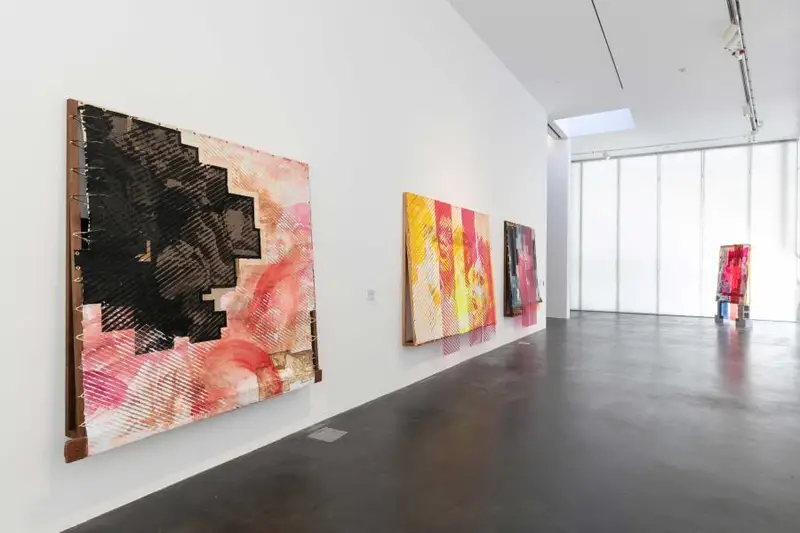
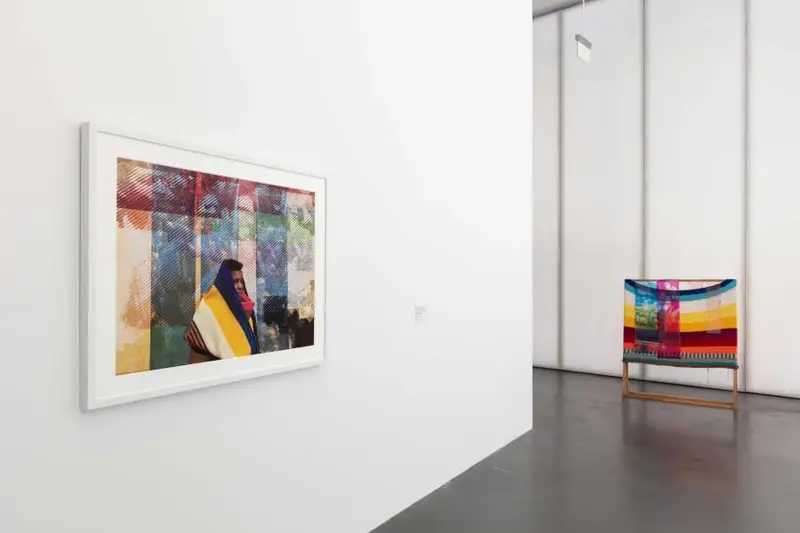
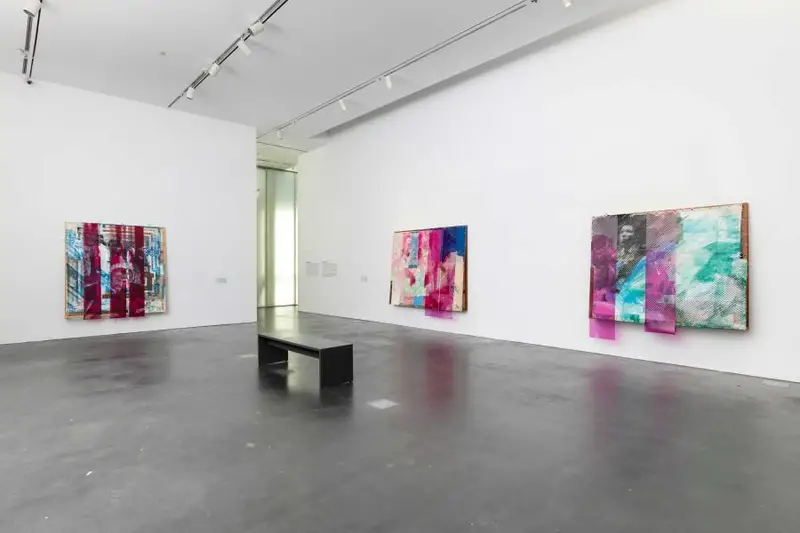
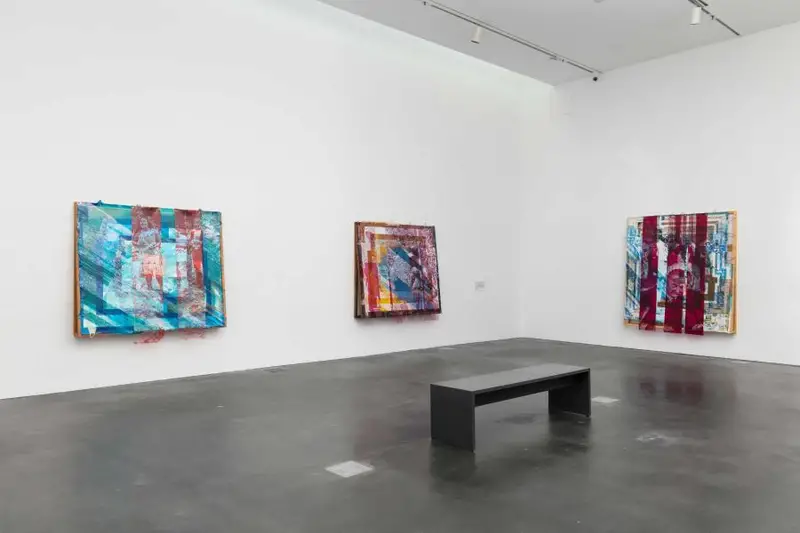
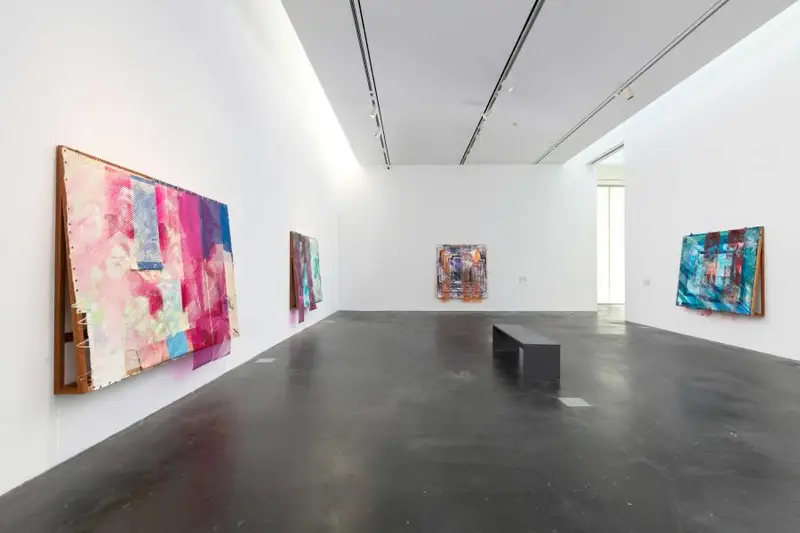
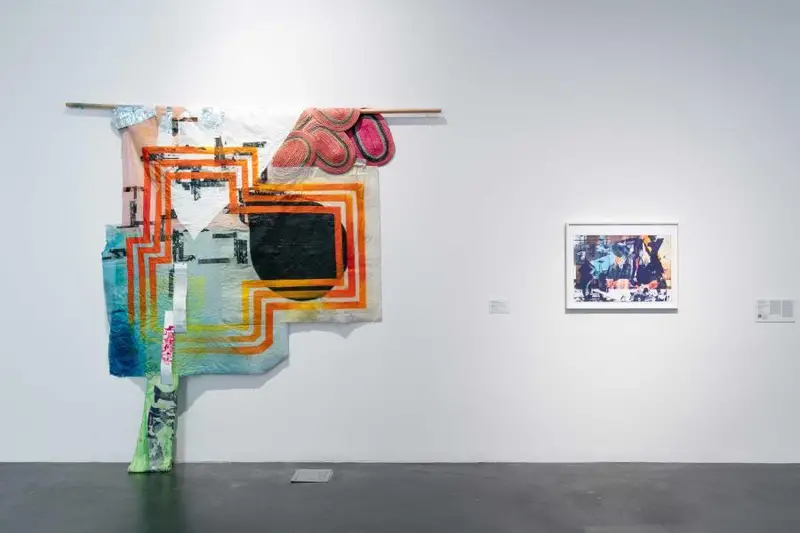
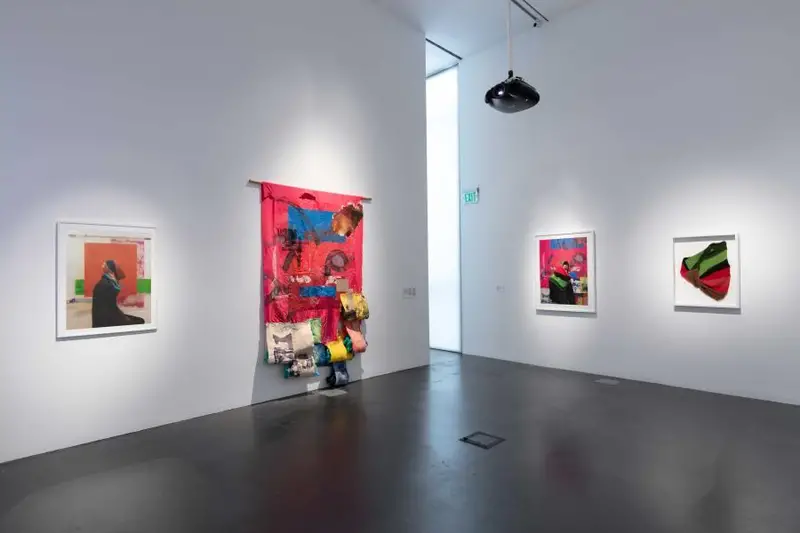
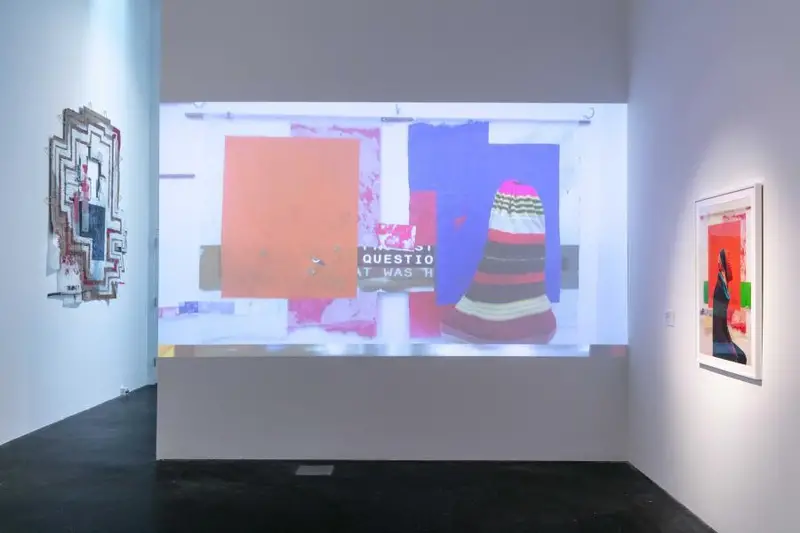

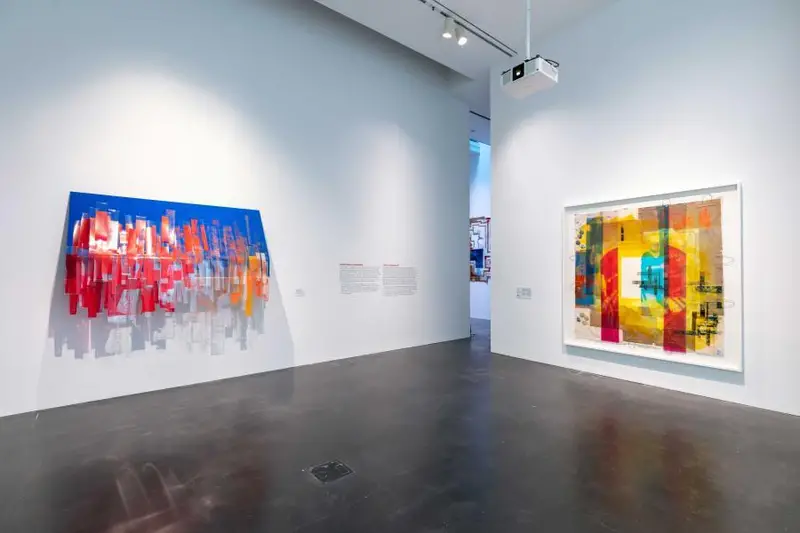
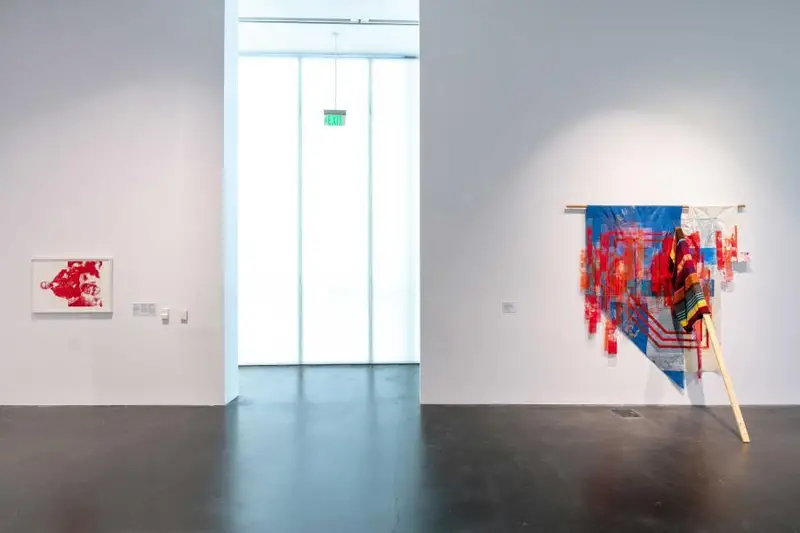
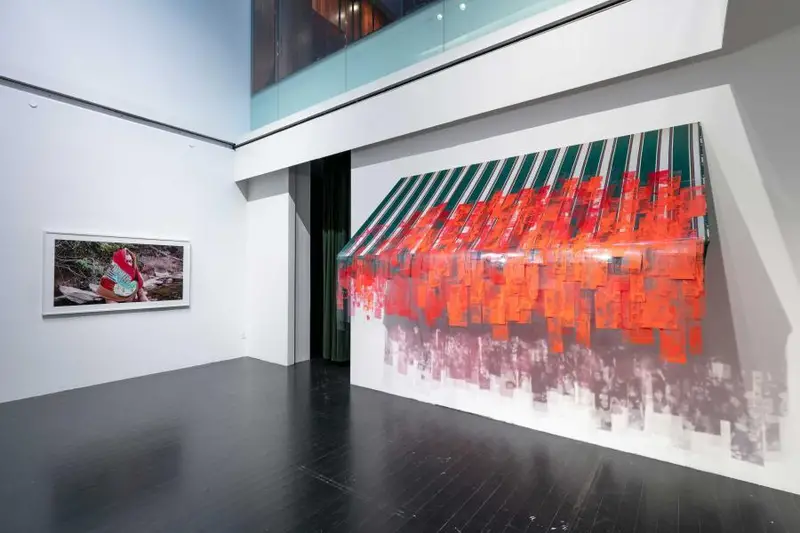
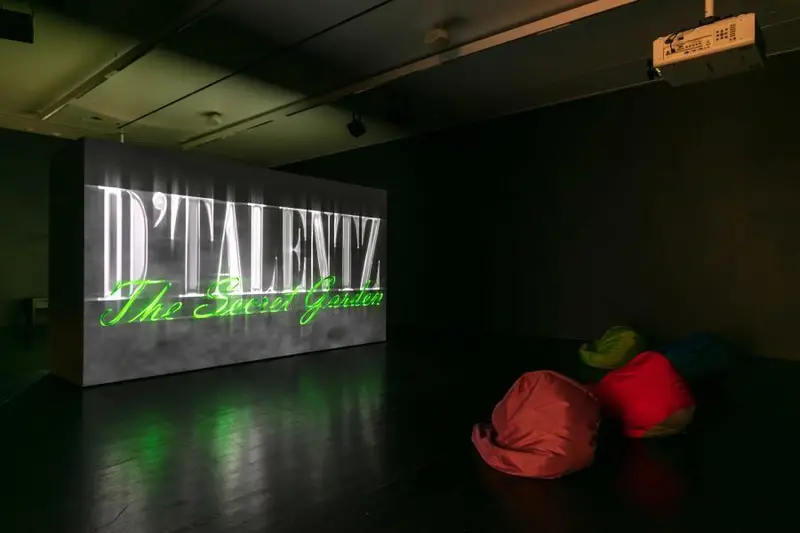
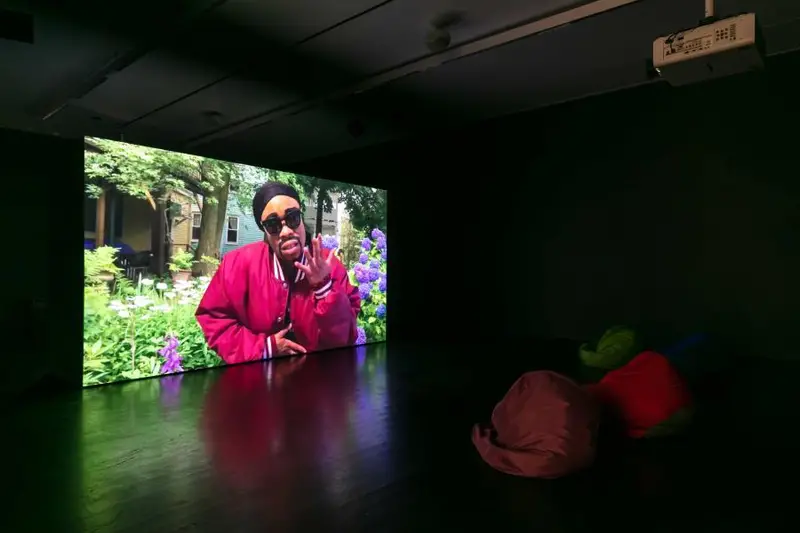
Installation views, Tomashi Jackson: Across The Universe, Museum of Contemporary Art Denver, June 14–September 10, 2023. Photos By Wes Magyar.
